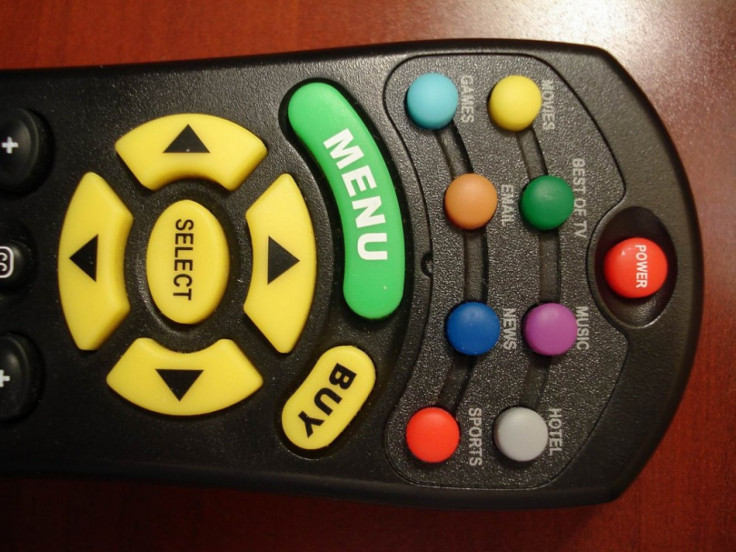Hotel Rooms? Dirtiest Spots Uncovered

You might want to pack a bottle of hand sanitizer the next time you turn on the lights and TV on a trip away from home. A new study reveals that light switches and TV remote controls are the dirtiest surfaces in a hotel room.
Researchers from the University of Houston swabbed 19 hotel room hideouts looking for areas contaminated with bacteria. In addition to remote controls and bedside light switches, the team also gathered contaminated samples from the toilet and the bathroom sink. Some of the highest levels of contamination, however, were found in an unlikely place: the housekeeping cart.
According to the study, mops and sponges used to clean rooms are often blooming with bacteria, posing a risk for cross-contamination of rooms. On the flip side, the headboard of the bed, curtain rods and bathroom door handle had the lowest contamination levels of the 19 surfaces studied.
The researchers tested for bacteria in general but did additional tests looking for coliform bacteria, which are found in the feces and are more likely to cause disease. Both tests showed bacteria levels between 2- and 10-times higher than levels permissible in hospitals.
Though a high bacteria level by no means guarantees a person will get sick, it does create a higher probability.
The University of Houston study was limited by a small sample size: just nine hotel rooms in three states: Texas, Indiana and North Carolina. The scientists, however, hope it fosters a body of research that could offer a scientific basis for hotel housekeeping. The results, they say, should come as a wake-up call to the hotel industry and are a beneficial tool for pinpointing the most contaminated parts of the room.
Hoteliers have an obligation to provide their guests with a safe and secure environment, Katie Kirsch, an undergraduate student at the University of Houston who presented the study at the General Meeting of the American Society for Microbiology, said in a statement. Currently, housekeeping practices vary across brands and properties with little or no standardization industry wide. The current validation method for hotel room cleanliness is a visual assessment, which has been shown to be ineffective in measuring levels of sanitation.
Kirsch says part of the problem is the sheer quantity of rooms hoteliers ask housekeepers to clean.
Currently, housekeepers clean 14 to 16 rooms per 8-hour shift, spending approximately 30 minutes on each room, she said. Identifying high-risk items within a hotel room would allow housekeeping managers to strategically design cleaning practices and allocate time to efficiently reduce the potential health risks posed by microbial contamination in hotel rooms.
Some hotel chains already have steps in place to alleviate the problem.
Hampton Inn, for example, launched a campaign last year that featured a hotel guest wearing a Hazmat suit. The ad promised that Hampton Inn is dedicated to a clean and fresh bed.
Best Western took things even further when it launched a new cleanliness initiative called I Care Clean earlier this month. The program requires housekeeping staff to use ultraviolet black lights and UV sterilization wands to clean hotel rooms.
Through our consumer research, we found that no one hotel chain in the mid-scale category was recognized by consumers as being cleaner than others, Senior Vice President of Brand Management and Member Services Ron Pohl stated. This intrigued us, and we saw a real opportunity.
The chain also introduced easy-to-clean seamless remote controls that it says will be disinfected before each stay.
For those still leery, there's an app that allows you to control the hotel TV using your smartphone in lieu of the potentially bacteria-blanketed remote. As for the light switch, Kirsch said traveling with sanitizing wipes isn't a bad idea.
© Copyright IBTimes 2024. All rights reserved.






















